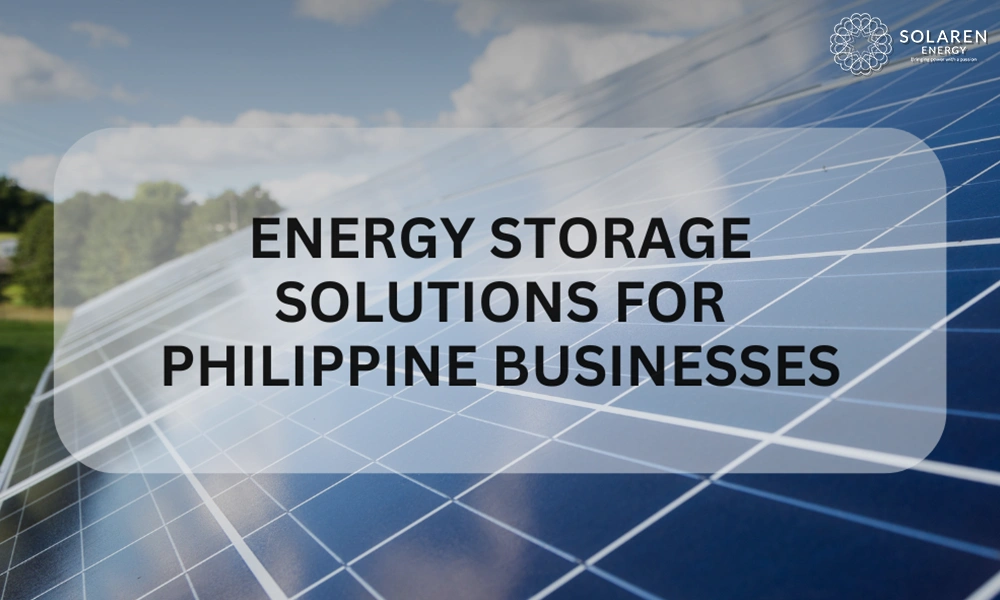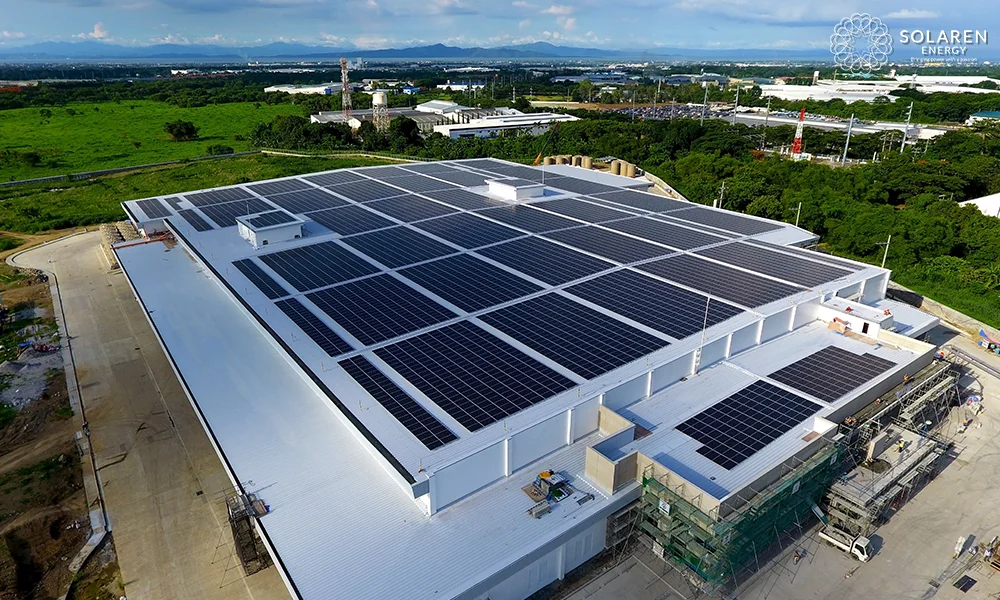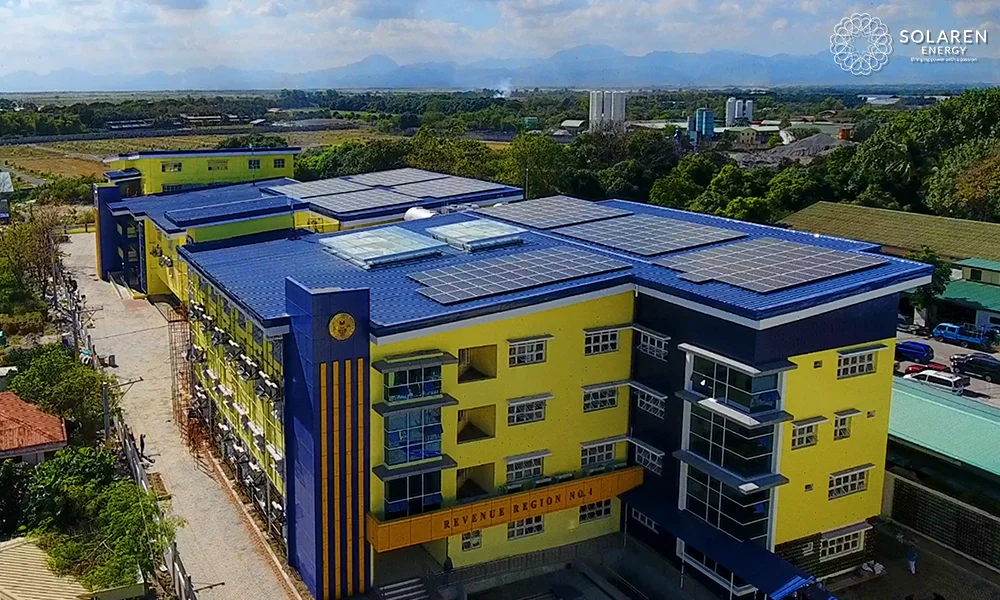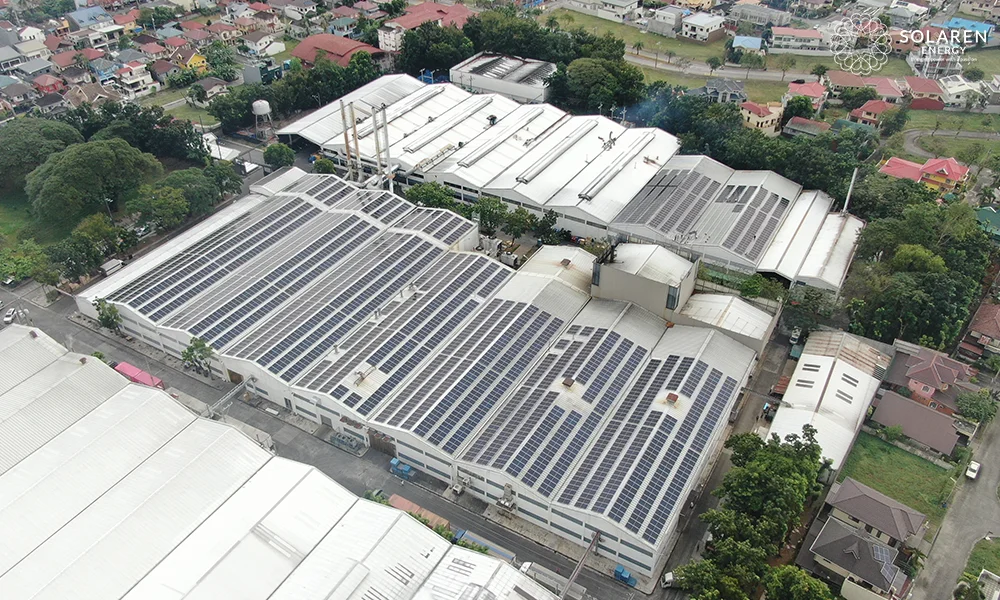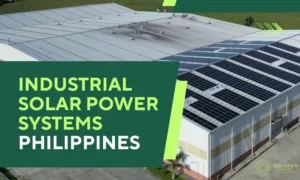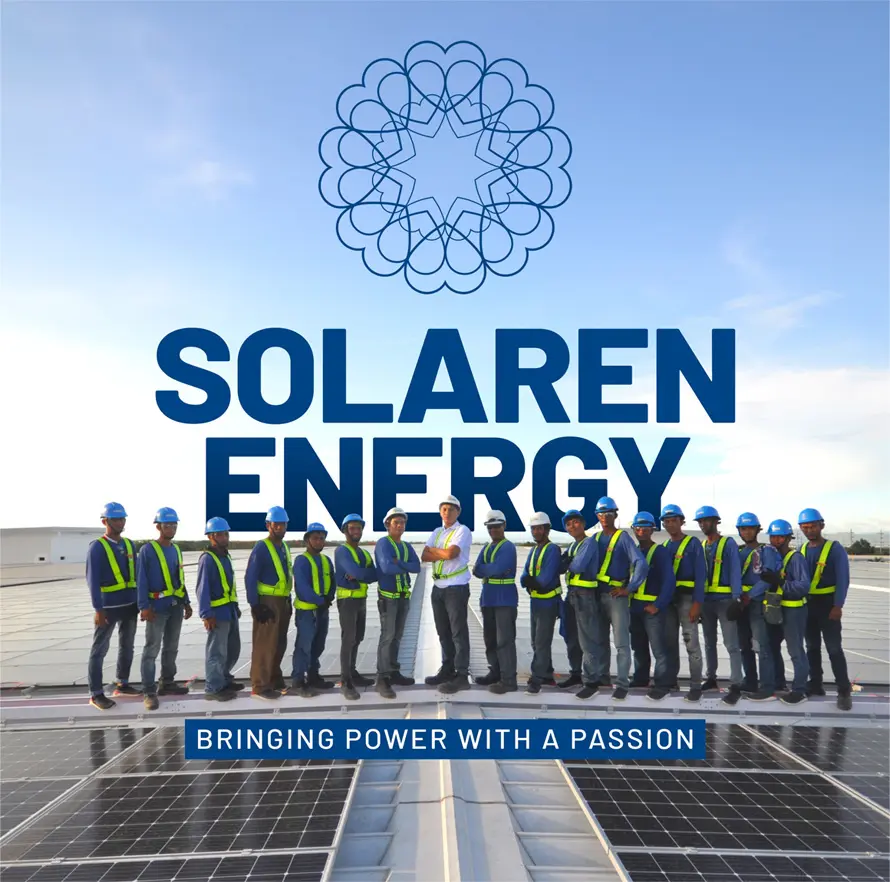Energy storage solutions turn daytime solar gains into steady power through the night. By placing battery capacity next to solar installation Philippines sites in the Philippines, firms cut grid imports during peak hours and keep lights on during outages. Rising generation charges and frequent voltage dips push more owners to store their own energy. A well‑sized bank paired with commercial solar energy systems can trim monthly bills by 30‑60 % and lift overall return on investment.
Why storage matters in the Philippines
The country faces some of the highest electricity rates in Southeast Asia. Storms and maintenance shutdowns can halt production without warning. Businesses that depend on cold‑chain, data centres, or round‑the‑clock lines lose revenue every minute the grid drops. Storage fills the gap. A renewable energy company Philippines, such as Solaren, builds banks that carry critical loads through brownouts and shaves peak demand charges during the late afternoon. Many manufacturing lines now specify backup duration in purchase contracts, making batteries a prerequisite for export compliance.
Five proven technologies
- Lithium‑iron‑phosphate (LFP) battery banks – 6,000+ cycles, 96 % round‑trip efficiency, ideal for daily cycling.
• Lithium NMC modular packs – high energy density, compact footprints for rooftops with limited floor area.
• Vanadium flow systems – electrolyte lasts more than 20 years, no thermal runaway risk, suited to large industrial solar power systems.
• Sodium‑ion packs – fast‑charging chemistry entering the market with lower material cost; watch for rapid price drops in 2026.
• Hybrid inverter plus battery combo – single skid that combines MPPT, inverter, and storage, quick to mount during customized energy solutions roll‑outs.
How to size a bank
Start with 24‑hour load curves. Match at least one‑half of nighttime kWh to cover basic operations and security loads. A retail chain drawing 400 kWh after sunset may install a 200 kWh LFP rack. Pair capacity with inverter output: a 200 kWh bank links well with a 100 kW hybrid unit. Storage that deep‑cycles daily needs 5,000+ cycle life for a ten‑year service window. Adding 20 % headroom keeps discharge depth below 85 % and extends life.
Regulatory update 2025
The Energy Regulatory Commission now classifies behind‑the‑meter batteries as part of renewable energy storage solutions. Net‑metering export caps remain at 100 kW AC, but stored solar exported at night still earns a ₱5.638 per kWh credit. Businesses over 100 kW join the Renewable Portfolio Standard and may trade green certificates. Solaren handles all filings so owners focus on operations, not paperwork.
Real‑world savings: Solaren case study
A snack‑food plant in Laguna added 400 kWh of LFP storage to its 1 MWp rooftop array. The bank flattens the late‑day spike when fryers and packaging lines ramp up. Grid draw fell by 38 % within the first month. With current rates at ₱12.00 per kWh during peak, the plant saves about ₱1.4 million each quarter. Payback stands at 4.2 years. The system feeds surplus back at ₱5.638 per kWh through renewable energy storage solutions tied to net‑metering rules.
Maintenance and safety
Modern battery racks include fire‑retardant housings, automatic gas extraction fans, and cell‑level monitoring. Weekly visual checks and quarterly torque audits keep warranties intact. Software pushes alerts to Solaren’s monitoring desk and on‑site teams. Annual operational expense runs below ₱90 per kWh of installed capacity, far less than the cost of unplanned downtime.
Financing and ROI timeline
Many firms fold storage into the same loan as the main solar power company contract. Three‑year terms at 7 % APR often match cash flow from savings. A 200 kWh LFP rack with a hybrid inverter costs around ₱7 million. Monthly savings of ₱ 180,000 clear the note in 40 months. After the payoff, the bank delivers pure savings for at least six more years. Grants under the Green Energy Option Program can shave upfront costs by up to 10 % for projects commissioned before December 2026.
Future cost trends and policy outlook
Battery prices have dropped 11 % year‑on‑year since 2019. BloombergNEF forecasts another 30 % slide by 2028 as sodium‑ion production scales in Asia. The Philippine Board of Investments now lists large‑scale batteries as priority equipment, unlocking VAT exemptions on import duties. Forward‑thinking firms that install today lock in savings while hedging against future carbon levies on grid‑supplied power.
Talk to Solaren today and lock in stable power at a predictable cost.

